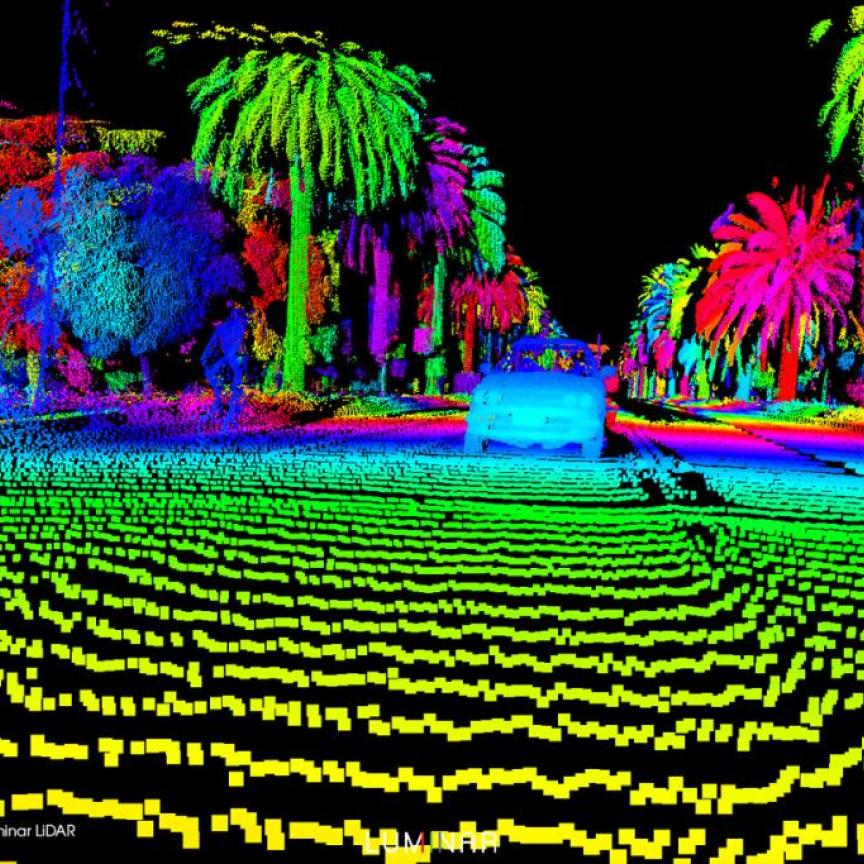Scientists at MIT and Harvard University have studied the theoretical Maxwell’s fish-eye lens from quantum mechanical perspective, to see how individual atoms and photons may behave within the lens. The study reports that the configuration of the fish-eye lens enables it to guide single photons through the lens, in such a way as to entangle pairs of atoms, even over relatively long distances.
Physicist James Maxwell proposed, nearly 150 years ago, that a circular lens that is thickest at its centre, and gradually thins out at its edges, should see light travel around in perfect circles when shone through the lens, creating unusual, curved paths of light. Maxwell noted that such a lens, at least broadly speaking, resembles the eye of a fish. This configuration – known in physics as Maxwell’s fish-eye lens — is a theoretical construct that is only slightly similar to commercially available fish-eye lenses for cameras and telescopes.
Entanglement is a quantum phenomenon in which the properties of one particle are linked, or correlated, with those of another particle, even over vast distances. The research team’s findings suggest that fish-eye lenses could prove to be a promising vehicle for entangling atoms and other quantum bits, which are the necessary building blocks for designing quantum computers.
First author Janos Perczel, a graduate student in MIT’s Department of Physics explained: ‘We found that the fish-eye lens has something that no other two-dimensional device has, which is maintaining this entangling ability over large distances, not just for two atoms, but for multiple pairs of distant atoms. Entanglement and connecting these various quantum bits can be really the name of the game in making a push forward and trying to find applications of quantum mechanics.’
The team additionally discovered that, contrary to recent claims, the lens does not produce a perfect image. Scientists have thought that Maxwell’s fish-eye may be a candidate for a ‘perfect lens’ — a lens that can go beyond the diffraction limit, meaning that it can focus light to a point that is smaller than the light’s own wavelength. This perfect imaging, scientists predict, should produce an image with essentially unlimited resolution and extreme clarity.
However, by modelling the behaviour of photons through a simulated fish-eye lens, at the quantum level, Perczel and his colleagues concluded that it cannot produce a perfect image, as originally predicted. He said: ‘This tells you that there are these limits in physics that are really difficult to break. Even in this system, which seemed to be a perfect candidate, this limit seems to be obeyed. Perhaps perfect imaging may still be possible with the fish eye in some other, more complicated way, but not as originally proposed.’
The full study was published in Physical Review A, and Perczel’s co-authors on the paper are Peter Komar and Mikhail Lukin from Harvard University.

